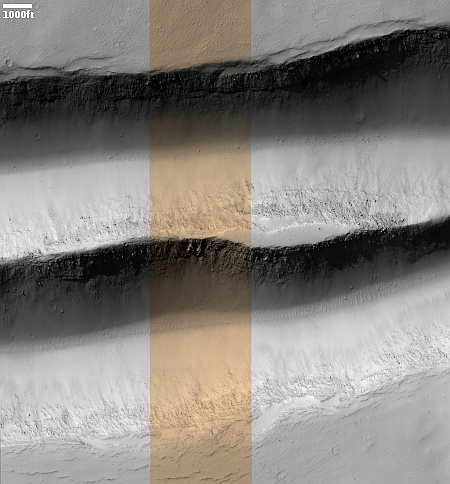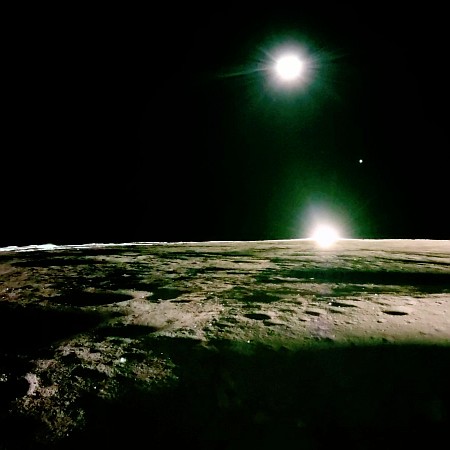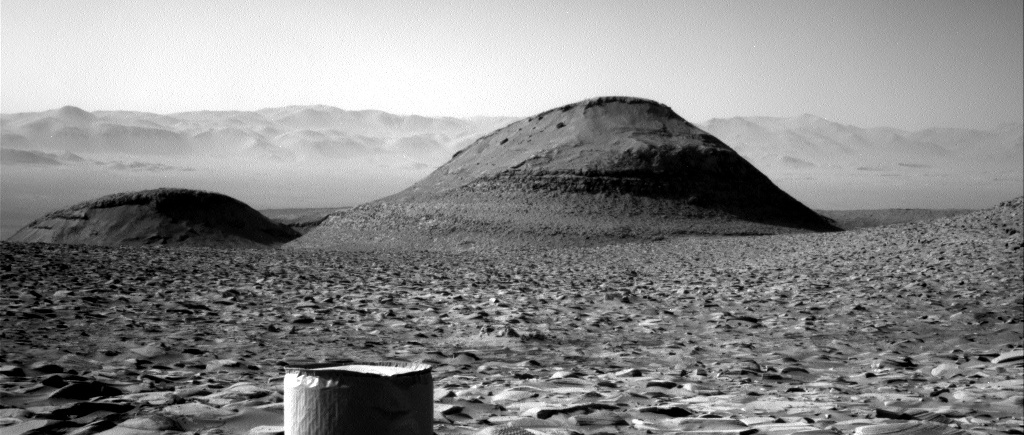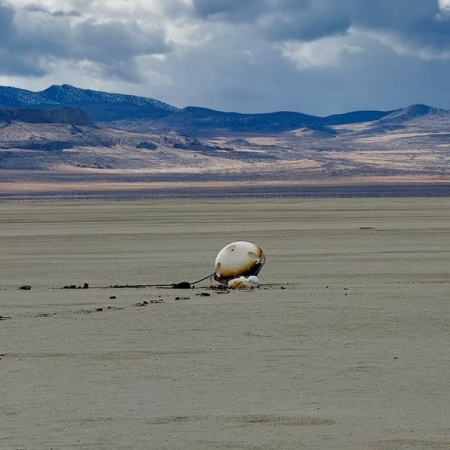Following SpaceX’s successfully launch of four astronauts to ISS yesterday afternoon, the launch industry upped the pace by completing four more launches in the next few hours, two by SpaceX, one by Rocket Lab, and one by China.
Beginning with SpaceX, it first launched another one of its Transporter missions, carrying about three dozen smallsat payloads, its Falcon 9 rocket lifting off from Vandenberg. The first stage completed its thirteenth flight, landing on a drone ship in the Pacific. The two fairings completed their eighth and eleventh flights respectively.
Five hours later the company launched another 23 Starlink satellites, the Falcon 9 lifting off from Cape Canaveral in Florida, with the first stage completing its eighteenth flight, landing on a drone ship in the Atlantic.
Rocket Lab meanwhile successfully placed the first of eight commercial radar satellites into orbit for the Japanese satellite company iQPS, its Electron rocket launching from one of its two launchpads in New Zealand.
China in turn used its Long March 2D rocket to place two satellites into orbit, lifting off from its Jiuquan spaceport in northwest China. Its state-run press provided little information about either satellite. Nor did it provide any information about where the rocket’s lower stages — using very toxic hypergolic fuel — crashed inside China.
The leaders in the 2025 launch race:
31 SpaceX
12 China
3 Russia
3 Rocket Lab
SpaceX still leads the rest of the world in successfully launches, 31 to 22.











